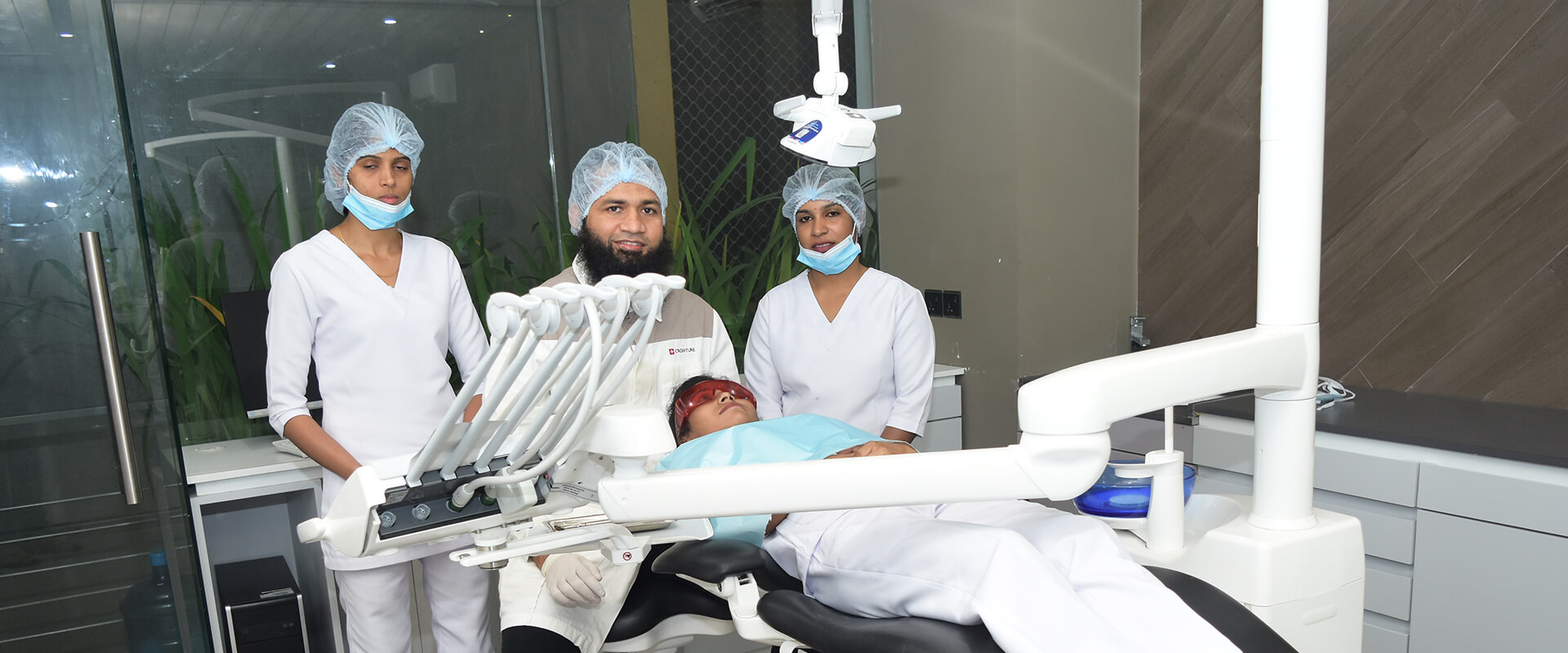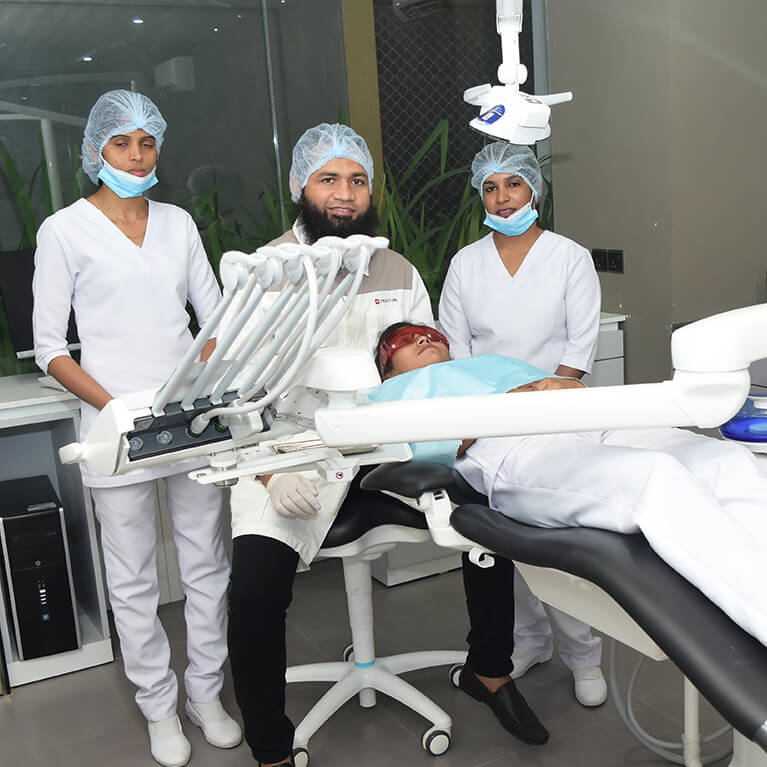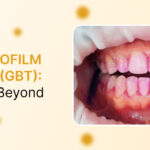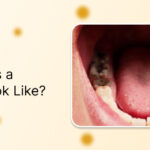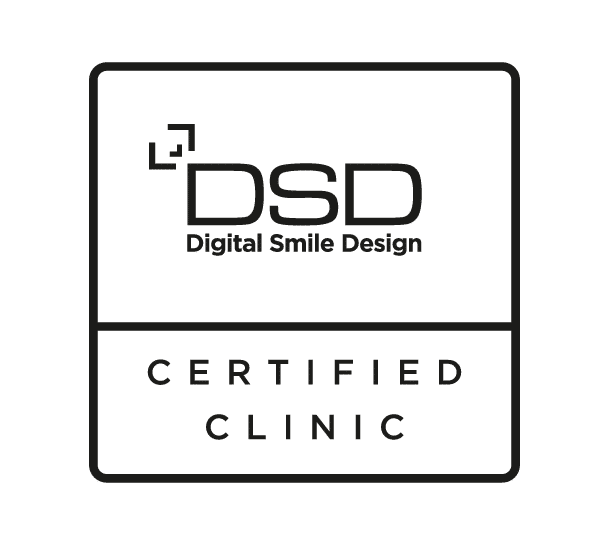How should you keep the anti-snore mouthguards clean and hygienic?
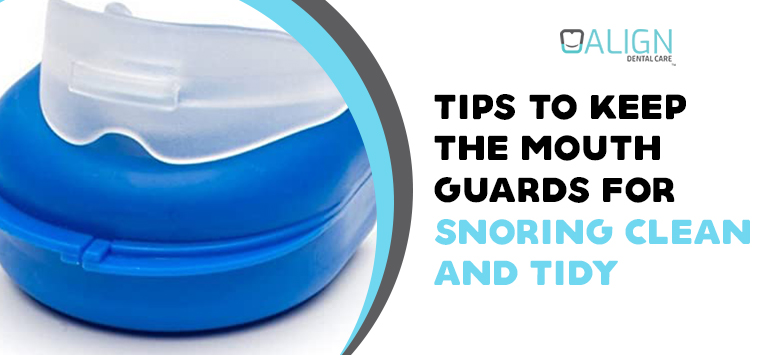
Snore guards, primarily known as snoring mouthguards are mouthpieces that are designed to stop snoring. Similar to other sleep apnea appliances like Mandibular Advancement Device (MAD), and Tongue Stabilization devices, the mouthguard for snoring also protects the snorers from various damaging effects of snoring.
Wearing this appliance while sleeping will pull the lower jaw slightly forward hence that the position of muscles in the lower jaw and tongue base is adjusted. It makes these muscles not relax into the uvula region. Thus the airflow obstruction is corrected thereby the hoarse sound that occurs as a consequence is also prevented.
As the anti-snoring mouthpieces spend hours inside a person’s mouth, the wearer should keep the appliance clean. Keep reading to get the snore guard cleaning tips.
Read More…Dental cysts – Everything you need to know

Dental cysts are defined as closed cavities filled with a fluid-like material. Such fluid-filled sacs are typically formed and develop gradually around the jaw bone, and gums near the crown of a partially erupted tooth, especially molars and canines.
Teeth are more delicate in their development stage than erupted teeth, making the unerupted teeth more susceptible to dental cysts.
Even though dental cysts are harmless in most cases, they will lead to serious complications if the closed-off cavities (cysts) remain untreated. It is asymptomatic in its initial stages but it exhibits a variety of symptoms when the cysts grow more than 2 centimeters in diameter.
Read More…What causes chronic numbness in your chin?

You might encounter chin numbness at least once in your life especially after getting certain dental work done. Right?
It is a common consequence of anesthesia (a numbing agent) injected while performing various dental procedures. Likewise, the topical anesthetics applied to alleviate painful blisters inside the mouth also numb certain portions of your face including the chin.
The unfeelingness will go away once the anesthetics agents wear down. It typically lasts for a few hours. However, if you notice numbness in your cheeks frequently, it is a matter of concern. The reason is, it can be a sign of various oral complications and serious underlying issues.
Read More…5 types of tooth fracture
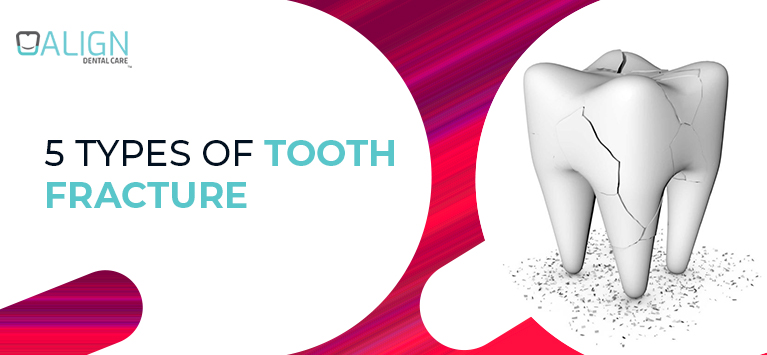
Tooth fractures are common and painful. A tooth is comprised of three hard tissues – enamel, dentin, cementum, and a soft tissue called dental pulp. Tooth fracture is a term that refers to breaks or cracks that happen in a tooth’s hard outer protective covering. Even though it is harmless in most cases, a higher degree crack can affect the dentin, cementum, and even pulp chamber.
The crack position and degree vary with different types of fractures in a tooth. So dental doctors look for the crack origin, and symptoms to detect the type of crack a tooth encountered through which the right treatment plan is made.
Our Dehiwala Dentists have explained the different types of tooth fractures here. Keep reading.
What are the different types of dental fractures?
The depth to which the cracks penetrate a tooth is the main factor used to classify tooth fractures. Here are the five categories of dental fractures that many dentists treat.
1) Craze lines
Craze lines are thin, hair-like cracks in the enamel layer. They are harmless and do not provoke any discomfort as they do not penetrate the layers under the enamel and extend into the gums. The craze lines are also called enamel infractions as they are micro-fractures occurring in the enamel only.
Craze lines are a consequence of habits that stress your teeth, like biting your nails, chewing ice, etc. It is hard to determine whether the craze lines are limited to enamel alone without a dentist’s help.
2) Fractured Cusp
It involves a complete or incomplete fracture that occurs in the biting surface of a tooth’s crown. An extensive force applied on opposing teeth when the jaws are closed tends to chip off a tooth’s chewing surface (also known as occlusal surface).
This dental fracture is very likely to occur in teeth that have been repaired with fillings. In most cases, the cracks or fractures extend beneath the gums but do not hurt the pulp chamber. Hence teeth with cracked cusps are more sensitive to temperature variations but do not produce much pain.
The fractured cusp treatment involves restorative appliances like dental crowns and fillings. If the pulp is exposed, Root Canal Treatment is essential to address the damage.
3) Vertical apical fracture
It is an incomplete crack that runs vertically (i.e.) run directly down towards the root. However, the tooth does not split into parts and can be saved if it is treated early. The pulp chamber will undoubtedly incur an injury when the fracture extends over the gum line.
RCT is generally prescribed to treat such cracked teeth, however, it may not fully address the problem occasionally. Hence dentists take into consideration a lot of things like the extent of the crack, damaged location, and others to determine the best course of treatment. In certain circumstances, tooth extraction is needed.
4) Vertical Furcation Fracture
Vertical furcation fracture, also known as Split tooth involves a tooth split into two fractured segments. The cracks are extensive in this case so saving a split tooth is quite impossible. Depending on the extent of fracture, a split tooth is extracted partly or fully.
For instance, molar teeth have multiple roots. When a molar tooth is fractured extensively, its damaged side is removed surgically whereas the remaining portion is preserved with endodontic treatments and restorative appliances.
5) Vertical Root Fractures
Unlike the different types of tooth fractures we discussed until now, the vertical root fractures begin at the root portion and extend towards the chewing surface. Preserving a vertical root fractured tooth is quite challenging. It usually happens with factors like traumatic conditions in a tooth, and insufficient endodontic treatments.
It is asymptomatic (i.e.) does not exhibit any warning signs except mild pain hence that it is left undetected for a long time.
Generally, dental fractures are hard to notice with bare eyes. Dentists use microscopic objects to determine whether a tooth has cracks or fractures. It implies that you should watch carefully for atypical things you encounter with your teeth. They might be the signs that indicate dental fractures.
What are the signs of fractures in a tooth?
- Swollen gums
- Pain while biting
- Pain in teeth while eating
- Sharp pain in a tooth while taking sweets
- Tooth sensitivity to temperature variations
Bottom line
Remember that tooth fractures are hard to detect but are easy to treat if the cracks are addressed easily. If you left a fractured tooth untreated, the tooth will become prey for oral bacteria invasion and even kills it. Even though the dental fracture treatments do not heal the infected tooth completely, the therapeutical solutions will prevent further damage.
Mostly, the fractures in a tooth begin with bad biting habits. So we ask everyone to avert activities like biting inedible things to avoid stressing your teeth.
What everybody ought to know about dental bone spurs?
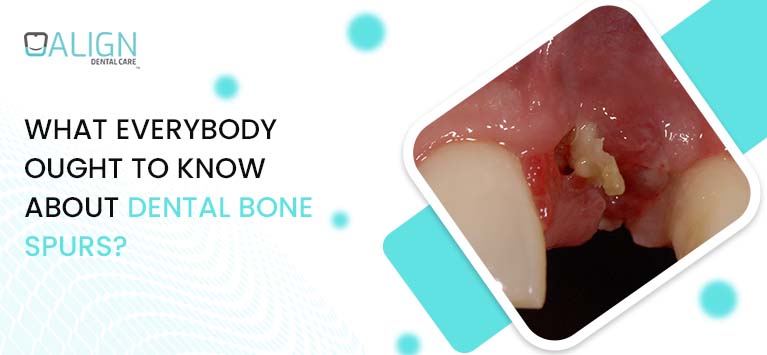
The dental bone spurs are sharp, tiny pieces of bone fragments dislodged from the surrounding tissues but lodged in the gums. Generally, it happens after removing a tooth surgically or getting certain dental procedures. It is our body’s natural way of expelling unwanted bone from the treated site. This is the main reason why many people sense a sharp object stuck in their gums after tooth extraction.
Despite being harmless, these bone spicules evoke some discomforts. Keep reading to know more about the bone spurs that appear in the mouth.
Read More…What is meant by Socket Bone Grafting?
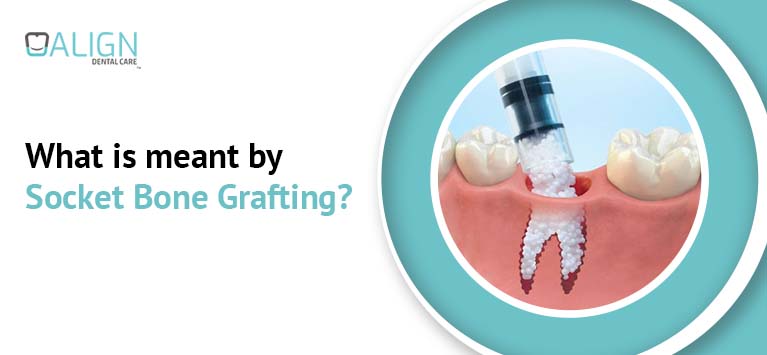
Socket graft (or) Socket preservation graft is a form of dental bone grafting procedure. It is used to protect the empty socket after extracting a tooth. The socket is a bony crypt in the jaw surrounded by connective tissues to anchor a tooth. When a tooth is removed surgically, the bone around the empty socket gradually deteriorates, causing jaw bone loss.
Socket preservation is designed to protect and even rebuild the bone in such empty tooth sockets.
Read More…Will sugar substitutes cause cavities & gum disease like refined sugar?
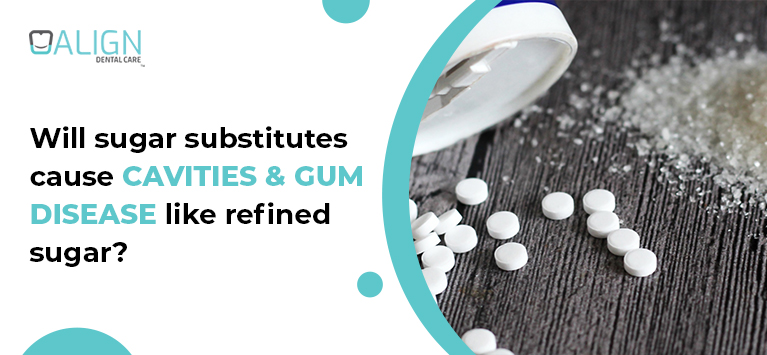
Artificial sweeteners, also known as Sugar substitutes are calorie-free, non-nutritive chemical substances that provide a sweet taste to foods and drinks. Some are made with benign chemicals, while others are prepared from naturally occurring substances like herbs. It allows people to enjoy the sweet flavor of nourishments but without sugar. They are prevalently used in eatables like jams, fruit juices, jellies, candies, etc.
It is a well-known fact that consuming too much sugar causes cavities and type 2 diabetes. However, certain people get dental caries, gum infections despite taking foodstuffs, and beverages that are branded as “Sugar-free”.
It has raised the question “Will artificial sweeteners affect our teeth?” in the minds of many people. It is also something that our patients have inquired about. We explained it in detail here. Keep reading.
How does sugar cause tooth decay?
Read More…Why do some kids & adults have small teeth but big gums?

As far as many people know, having short teeth is a cosmetic concern. Since a few teeth are smaller than the ideal size, it pushes the sufferer to deliver a disproportionate smile. Besides this, there is an excess of space in the mouth due to those atypically small teeth. If left untreated, it will lead to a variety of dental problems.
Microdontia is the medical term that represents the condition of having smaller teeth and such short teeth are called “Microdontic teeth” or “Microdonts”. Continue reading to learn more about this.
What are the types of Microdontia?
Read More…What are the various kinds of oral sedation used by dental doctors?
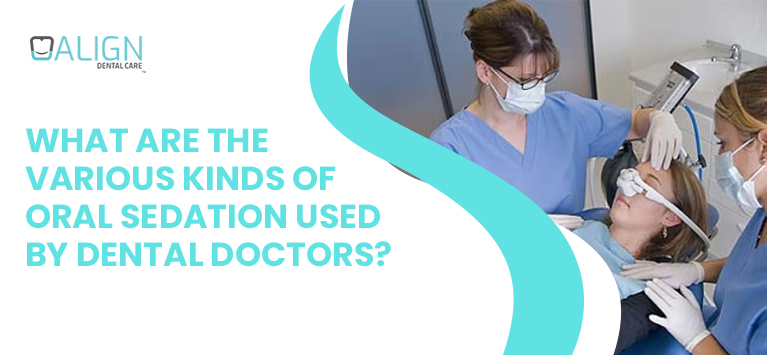
If you are anxious about dental treatments, feel hard to endure the agony of pain, having fear of needles, or other factors due to which neglecting dental treatments, sedation dentistry will be the right choice for people like you.
Dentists use various conscious sedation drugs to make you relax and feel comfortable during dental procedures. Once the drug is administered or injected, you will be awake but do not sense what is going on around you. In individual cases, you might not remember until the sedation lasts. It is also known as “Sleep Dentistry“.
In this post, our dentists have explained the different types of sedation available in dentistry nowadays.
Read More…6 relaxation techniques to reduce pain in your jaw
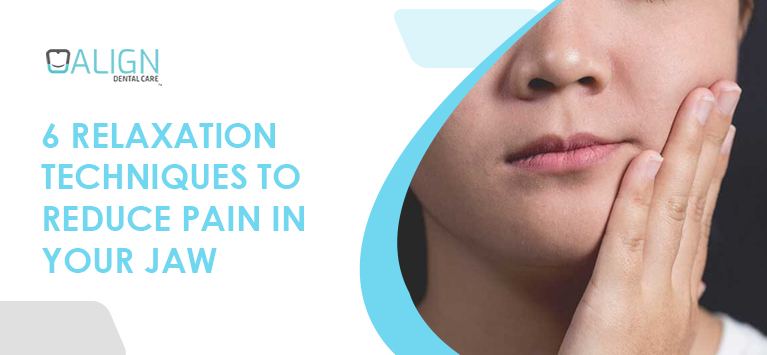
Pain, soreness, or tightness in the jaw is a brutal thing. They cause much discomfort and make regular oral activities such as chewing, swallowing, and even opening/closing moth a tedious thing. Stretching your jaw too much is the root cause of such problematic conditions in the jaw whereas numerous factors push everyone to stretch their jaw excessively.
Once the underlying cause is identified, you can get the right solution to get rid of the jaw pain. Until you visit your dentist, various relaxation techniques will provide you with short-term relief.
Here our dentists have explained some effective ways to relax your jaw muscles to get jaw pain relief for a short while.
Read More…




